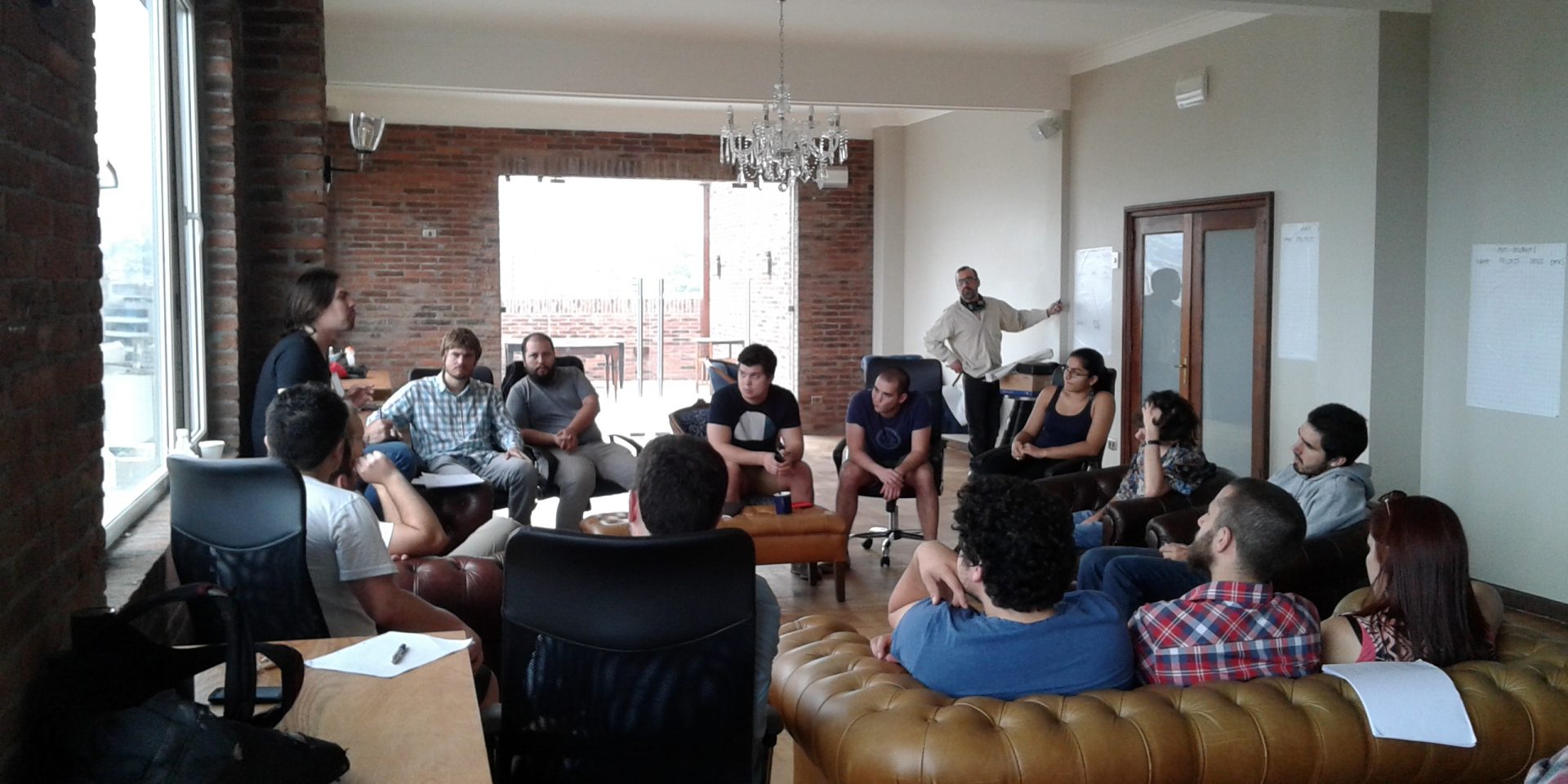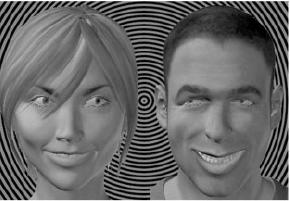


This past Tuesday, José Luis Ulloa -phD in Neuroscience from the Pierre et Marie Currie University, Paris VI, France and current post-doctoral fellow at the Brain and Spine Institute of Paris (Social and Affective Neuroscience team and EEG –MEG Center), spoke to members of the Research Center for Social Complexity (CICS in spanish), and students of the Doctoral program in Social Complexity Sciences. His lecture was titled “Attention and emotion during social perception development: studies in behavior and electrophysiology”.
Ulloa’s work consisted in analyzing the neuronal dynamics that occur when a person witnesses a social interaction amongst two other individuals, through the employment of a magnetoencephalography (MEG). A series of experiments were performed, through which Ulloa was able to establish that the sole action of observing other people is able to trigger different cerebral processes, depending on whether the people are looking at each other, looking at an object or looking at each other while expressing an emotion clearly.
The study establishes that when a person witnesses a social interaction between two other people, a special cerebral activity occurs, which is different to the activity that takes place in our brains when the same individual witnesses the same people looking at an object, for example. The cerebral mechanism is different in itself and it is triggered at a faster speed when there is a clear display of emotions in the social interaction, such as anger.
In conclusion, Ulloa proposes that human beings are highly responsive to the social signals emitted by other people. This is mainly based on the finding that the process through which we detect the emotions shared between two people occurs much faster in our brain when these emotions are exhibited in the context of a social interaction.
For further information about Ulloa’s research, please visit:
http://scan.oxfordjournals.org/content/9/3/350.long
http://www.tandfonline.com/doi/abs/10.1080/02699931.2014.919899